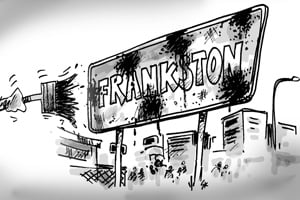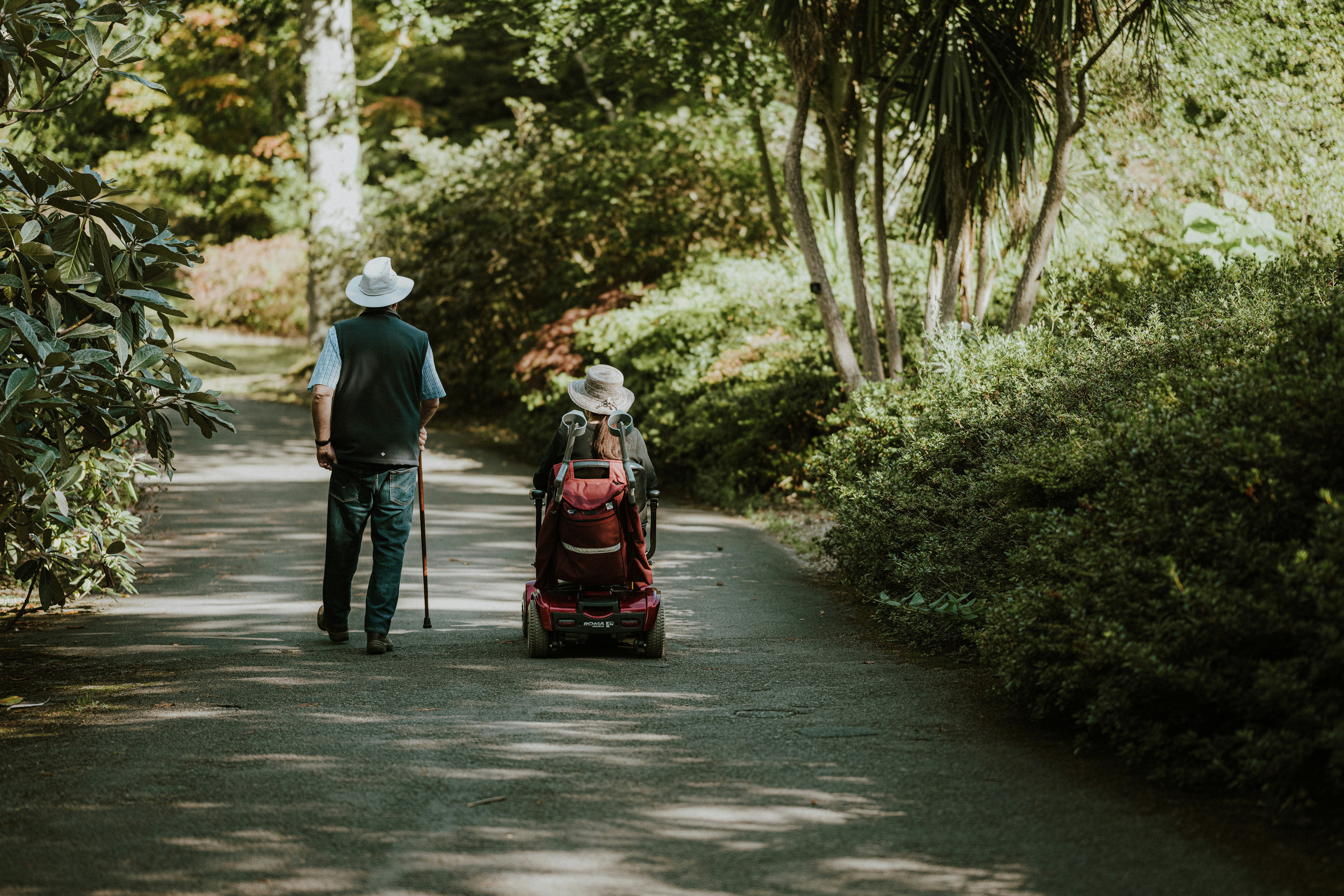The Age recently featured a really interesting article on Frankston. Those from Melbourne will know that Frankston has a reputation, like many outer suburban areas, of being uncultured, low socio-economic area, with the “bogan” tag being applied, and the butt of many jokes. This article, written by current and former mayors of the City, was pointing out that the negative stereotypes were not good for the area, which actually has a lot going for it. One interesting point they made, is that Frankston is quite diverse, with some very high, and low socio-economic areas.

A mistake people often make is to equate a suburb with a Local Government Area. The City of Frankston is not the suburb of Frankston, which is just a small part of the local government area. As the article states, Dame Elizabeth Murdoch was reported as living in Langwarrin, not Frankston. The authors seem to have a problem with this, but I’m not sure why – she did in fact live in Langwarrin – we don’t generally give our address by Local Government Area, but by suburb!
Most Local Government Areas actually have a mix of demographic characteristics among their different suburbs, and rarely are they uniform in socio-economic nature.
This is not even to say that low socio-economic areas are a bad thing. Some of the most vibrant and interesting communities in Australia are lower socio-economic areas, and many provide affordable rental and home ownership opportunities for people to gain a foothold in Australia’s relatively expensive cities. Those who disparage these areas often don’t know them too well.
In the case of Frankston, it is a haven for young families, particularly in the growing outer parts of the LGA, with large increases in families with young children from 2006-2011. But it also has an elderly population living in the central parts of Frankston, which means that overall the age structure is pretty similar to Melbourne.


It’s a slightly lower income area in total, but with significant diversity across the LGA, and has a low proportion of people with university qualifications (12% to Greater Melbourne’s 24%), but a high proportion with trade qualifications (22% to 15%). In my experience these two characteristics, combined with a location in the outer suburbs leads people to label a place with the term “bogan” – usually without having been there.
Frankston also has an increasing number of professionals living there, and a small but increasing multicultural population, including significant increases in population from India and the Philippines.
But most of all, these are all generalisations at the LGA level because any LGA contains a range of suburbs with different characteristics. That’s why having suburb level data on your community profile is so important.
In the case of Frankston, the SEIFA map below (taken directly from atlas.id) shows that Frankston Central and Frankston North (which has a lot of social housing) are relatively low socio-economic areas (the darker shades are lower SEIFA scores, indicating lower incomes, education levels etc), but the LGA also contains places like Frankston South and Sandhurst, which are well above the national average in SEIFA score.
In fact, when ranking Victoria’s localities (not LGAs), Sandhurst comes in as the number 3 most socio-economically advantaged area, behind (also outer suburbs) Waterways and Park Orchards.
In Sandhurst, 51% of households are in the top income quartile for Victoria, and 25% of the population have a bachelor degree.
What’s more, Frankston’s suburbs are changing. Frankston Central, with significant new apartment developments happening, is expected to attract more young people who want to live close to shops and transport in the future. Here is the age structure expected in central Frankston in the next 20 years.

So, in short, we agree with the article – every place is different, socio-economic diversity is good (places where everyone is rich are very boring demographically!), and Frankston has a lot going for it. But people live in suburbs before they live in LGAs, and the differences between suburbs are the keys to understanding an area.
Most Australian cities have an area like this which is the butt of jokes, but actually turns out to be an interesting and highly diverse area when you look at it, with a range of socio-economic characteristics across the area. Places like Campbelltown in Sydney, Logan City in Brisbane and Playford in Adelaide spring to mind.
profile.id lets you see the characteristics of your area at the LGA level and for individual suburbs, for 5 Census periods, to give you a short and long-term perspective on how your area is changing. If your council doesn’t currently subscribe to profile.id, please contact .id for more info! If you do have profile.id and would like a training session or demographic trends briefing at your council, please also contact us!















